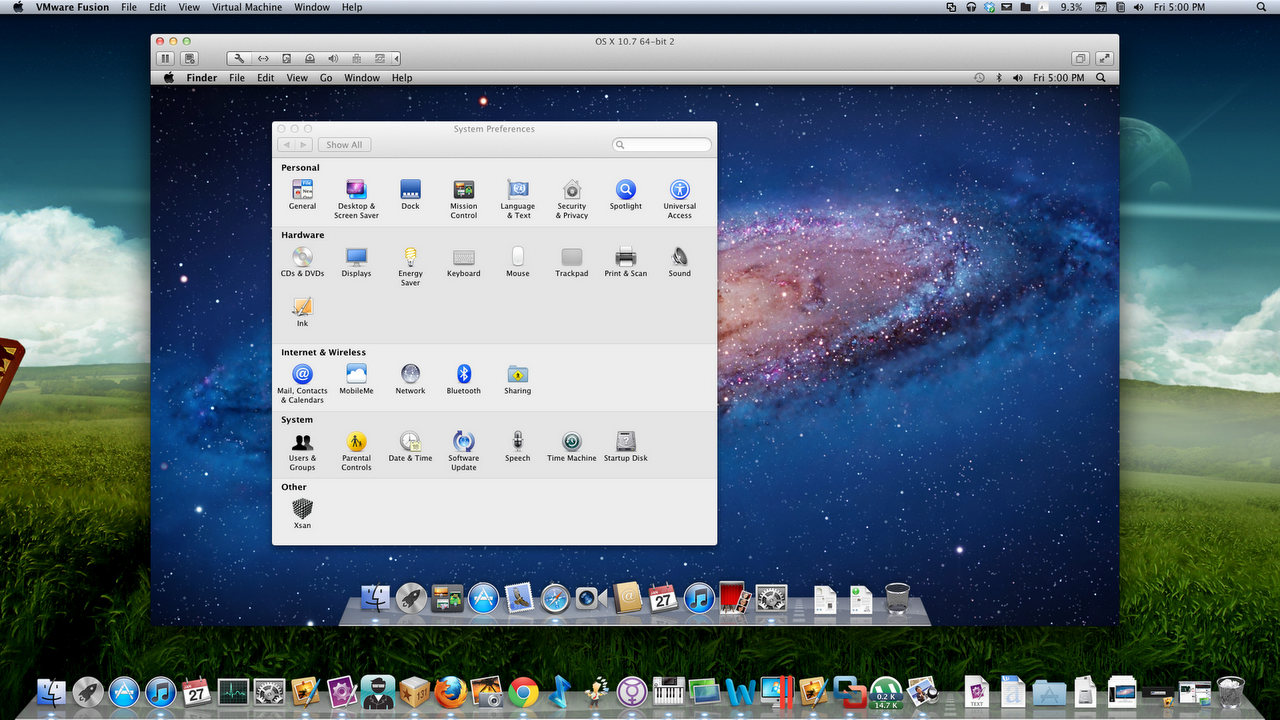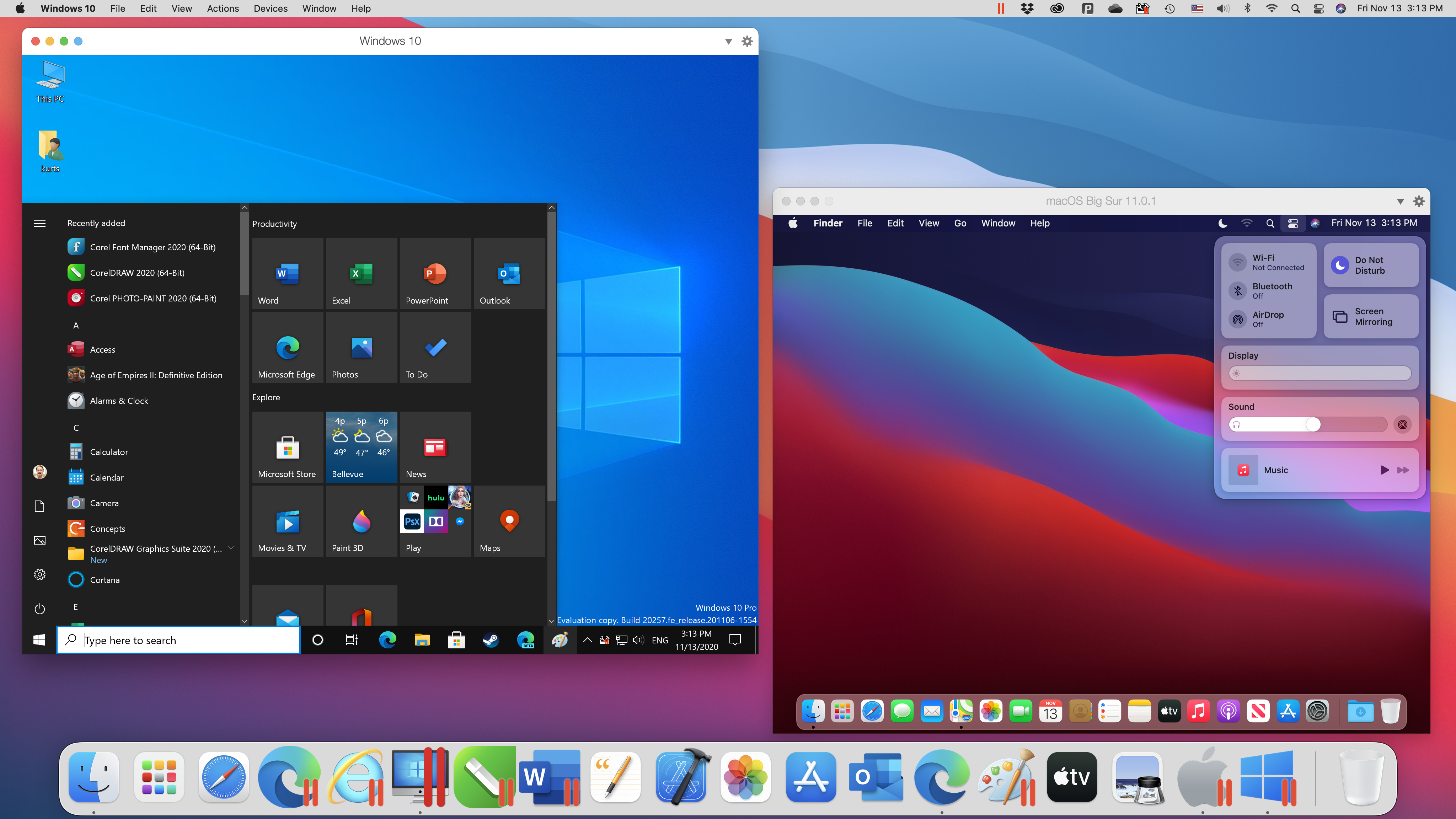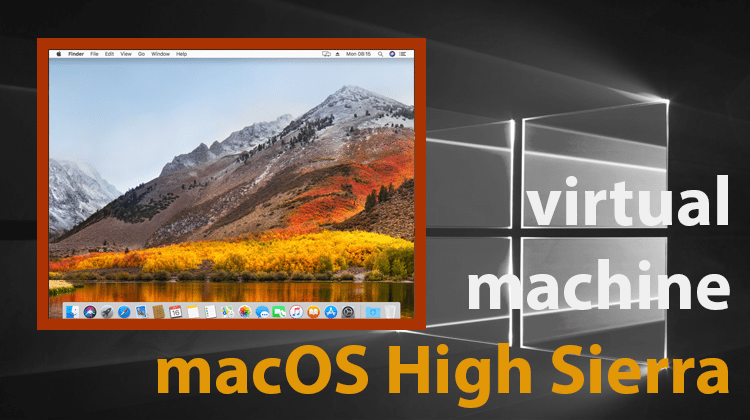
#Virtualization software for mac os x mac os#
There is a Windows Utility, which we wrote in our guide Virtual Machine From Physical Machine Using Disk2VHD you can exactly ‘copy’ your Windows and run on Mac OS X. Do not allocate in a way so that your Mac has less than 2 GB RAM. For bare metal Ubuntu, as low as 512 MB of VRAM can run nicely, but for Bare Metal for OpenStack or rather DevStack, you will need more RAM. Tailor the amount of RAM as per your need. Solid State drive itself does not create a problem for running any Guest OS. MacBook itself will not get that much heat as the whole body dissipates the heat, still it is better to use a colling pad to ensure the bottom of the Macbook pro is nicely off from the table to ensure rapid dissipation of heat.

This is the maximum possible hardware configuration for Mid 2012 MacBook Pro 15″ model.
#Virtualization software for mac os x for mac os x#
As for usage, we are slitting this guide Virtualization Software for Mac OS X in to two sub headers – Virtualization Software for Mac OS X to Run Ubuntu 10.04 LTS is for those who will run OpenStack or DevStack and Virtualization Software for Mac OS X is intended for normal users who wants to run Windows 8, Windows 7, Ubuntu or any Operating System on their Mac OS X.įor this guide on Virtualization Software for Mac OS X to Run Ubuntu 10.04 LTS, we are using our 15″ Mac Book Pro with Retina Display, Solid State Drive and 8 GB of RAM. One user was asking in our YouTube Channel for OpenStack Swift Video guide, this first guide will probably help him.


Virtualization Software for Mac OS X to Run Ubuntu 10.04 LTS is mainly targeted to run Bare Metal for OpenStack Private Cloud Software,but it will work for all.


 0 kommentar(er)
0 kommentar(er)
